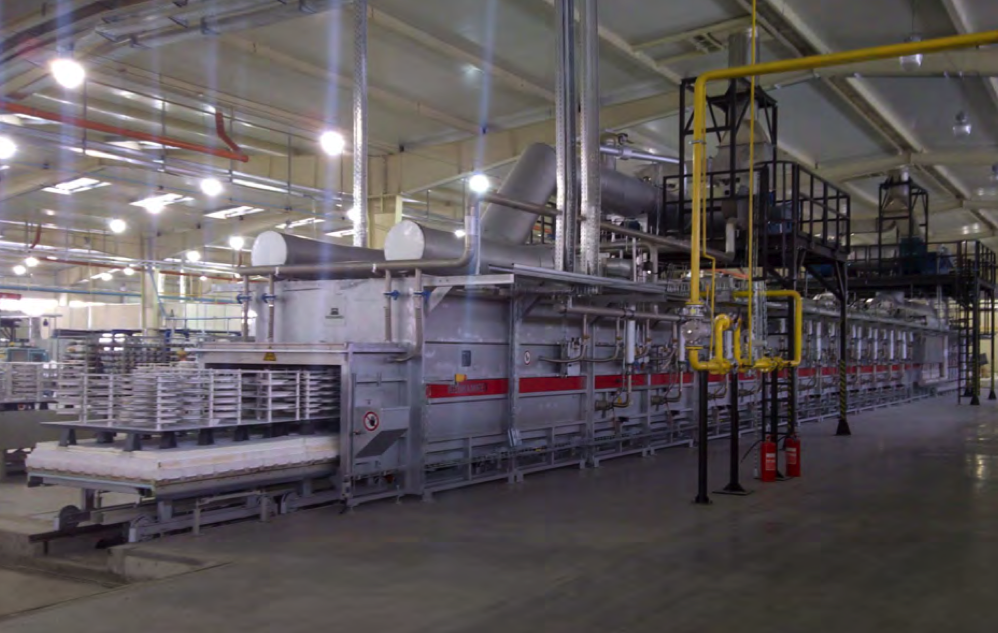Firing time
Firing time - a quality feature of the porcelain industry

Porcelain is an end product that only grows into a solid state when raw materials are fused together under great heat. At the stage of forming by pressing, rolling, turning or casting, the porcelain mass is wet. If the moisture is removed from this body, the body contracts and condenses. In glost firing, a non-reversible sequence of the sintering process occurs, the raw materials fuse and condense into each other, water molecules escape and the pore spaces are filled up by the mineral melt. Shrinkage occurs.
The processes of cooking and maturing simply take time! Just like a yeast cake or a strong broth. Time allows things to ripen and mature. The more time the porcelain has available for the various drying phases and firings, the better the quality is ultimately. Ultimately, the factor "time" can also be described as a cost-intensive raw material. Whereas we expected firing times of 40 hours or more in porcelain production between 1950 and 1980, modern equipment is now available which reduces porcelain firing times to less than 10 hours.

(Copyright: Riedhammer GmbH - Klingenhofstr. 72 - 90411 Nürnberg)
A fast firing kiln of the Riedhammer company - model series TST - manages the mono firing even in 4 - 8 hours.
It is a fact that the firing time is a real cost factor in porcelain production which has a considerable influence on the price - and quality - of a porcelain. We at Holst Porzellan insist on the insight of the "old porcelain maker": the longer the drying and firing, the better the quality in the end.
